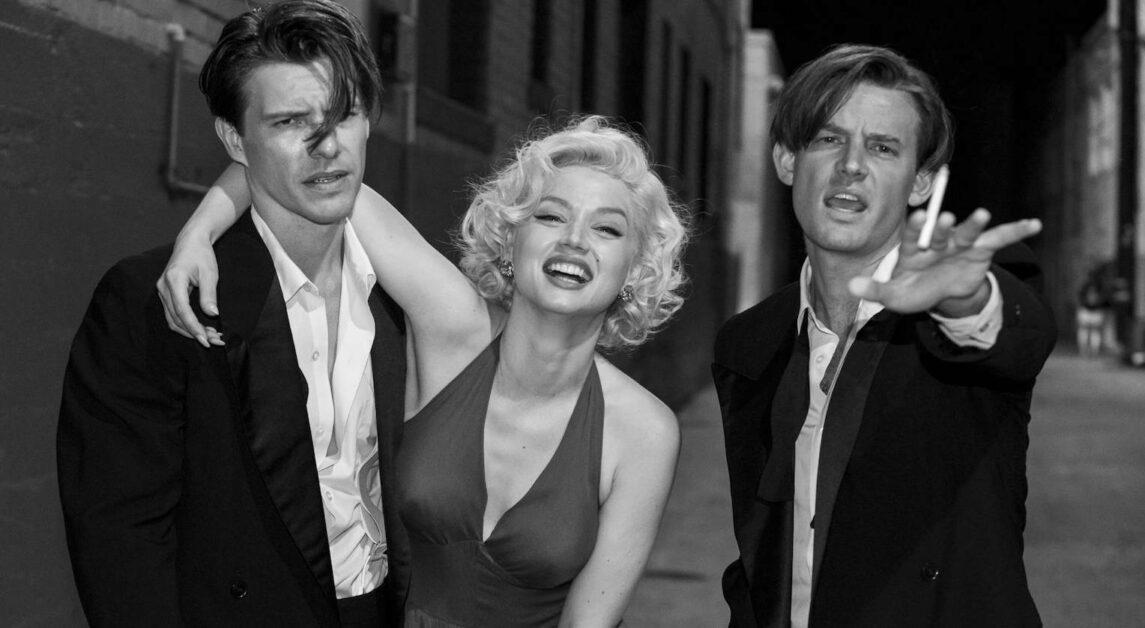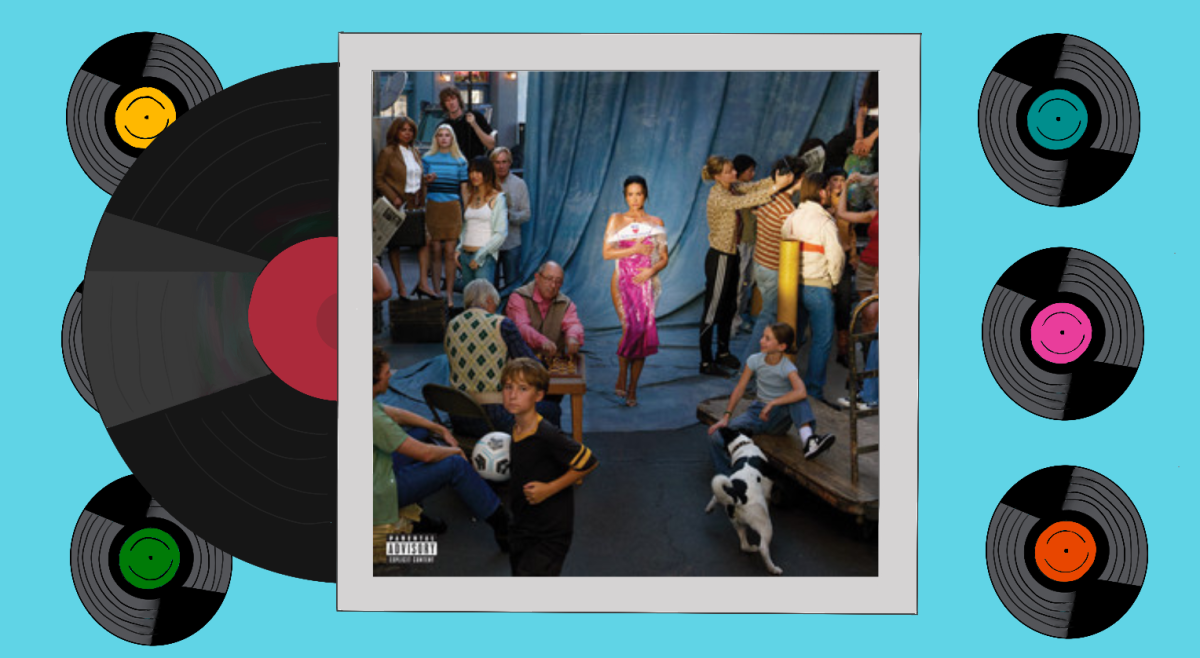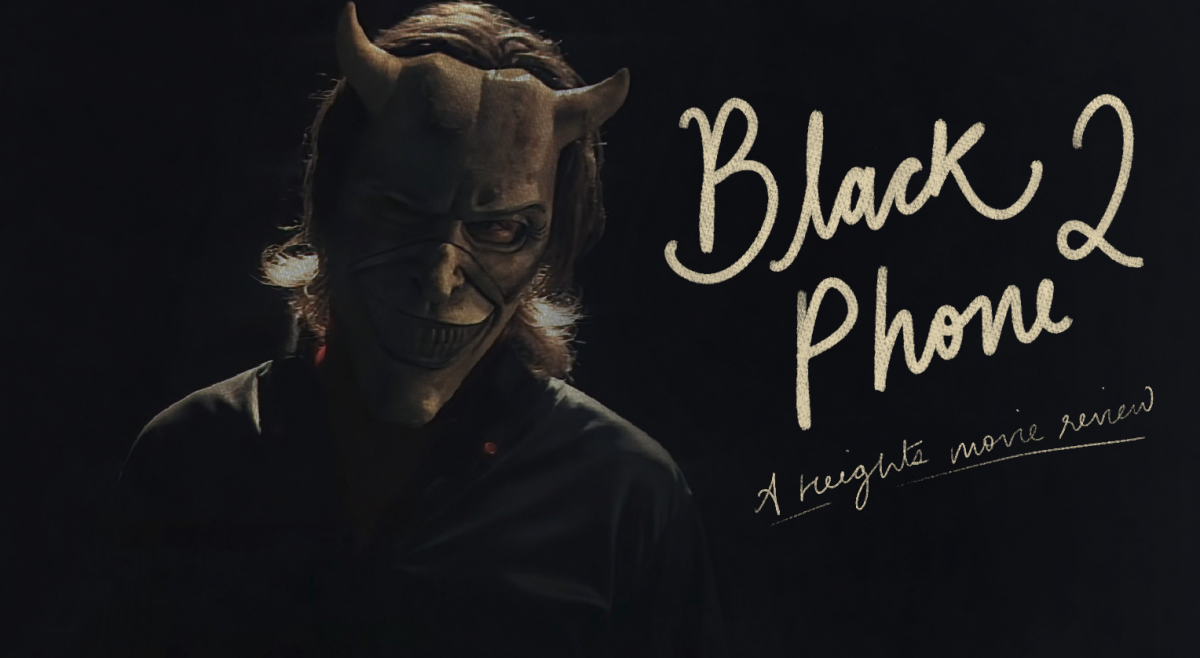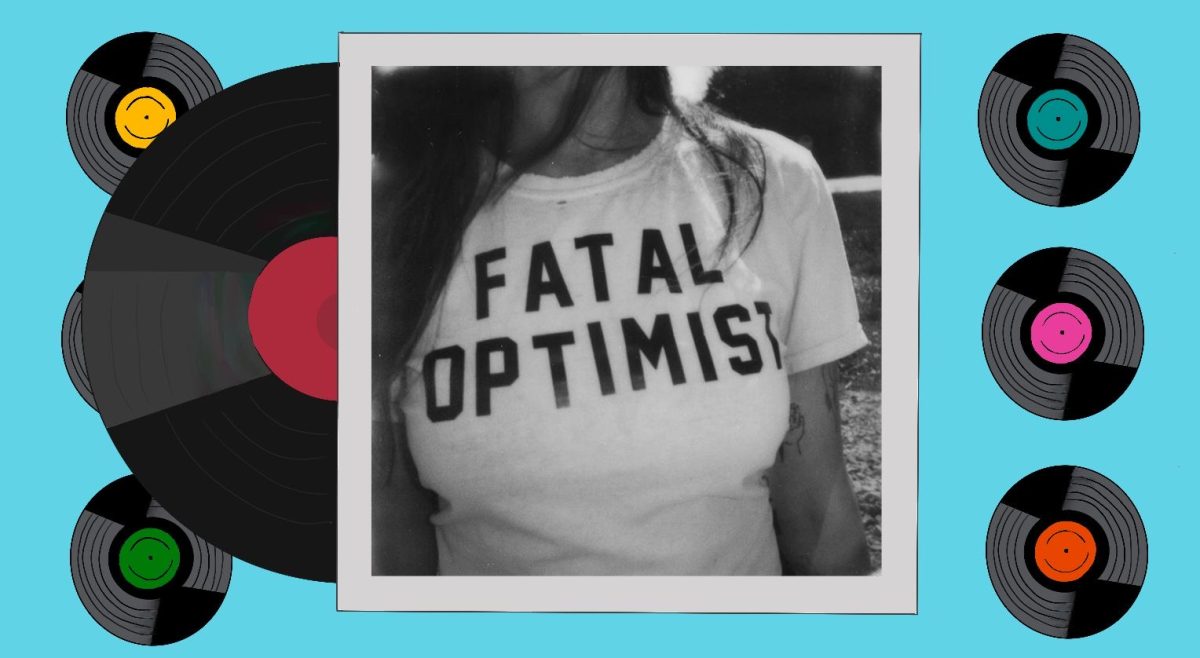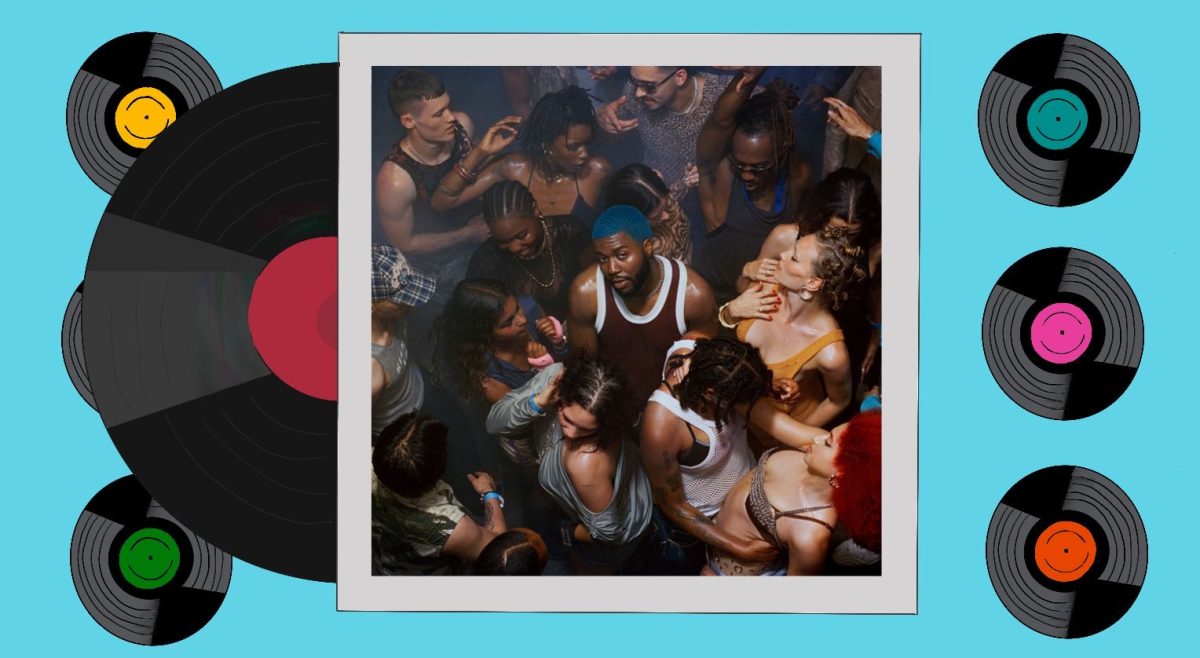★★☆☆☆
Behind the image of Marilyn Monroe, one of the most emblematic icons of Hollywood, is a misunderstood girl named Norma Jeane Baker. Blonde brings the two sides of Monroe’s life to the screen.
But the film has received backlash and criticism for the movie’s controversial portrayal of Monroe. With the movie’s overriding sexual content and dark, distressing moments, the movie has been deemed, according to some critics, “unnecessary.”
To be clear, Blonde is not a biopic of Baker (Ana de Armas), who chose Marilyn Monroe as her stage name and eventually made it her legal name. Director Andrew Dominik based the storyline on the 2000 fictional biography by Joyce Carol Oates, which already takes creative liberties in the author’s imaginings of Monroe’s stardom.
With the fictionalized addition of a few illicit affairs and the focus on and exaggeration of Baker’s trauma, the film becomes disappointing through its inaccuracy and empty attempt to tell her life story.
Throughout the movie, Baker sees herself as having a separate identity from Marilyn Monroe, almost despising the world-famous name. She longs for her absent father, a love connection, and a child. As all of her dreams fail, she gradually spirals into a depressive state.
Although de Armas’ acting is phenomenal—she received a 14-minute standing ovation at the Venice Film Festival—the presentation of Monroe’s character comes off as overtly sexist and demeaning. Rather than commemorating Monroe’s legacy as a worldwide actress and an icon of Hollywood, Blonde displays her as a victim of the film industry.
The film severely oversexualizes her in its sex scenes and shots about her abortion. The CGI scene of a baby in Monroe’s womb with a voice of her younger self telling her to not abort it becomes overwhelming and is unnecessary drama.
Monroe’s films Some Like It Hot, Gentlemen Prefer Blondes, and The Seven Year Itch were possibly the pinnacles of her career, yet Blonde never celebrates these successes. Blonde fails to appreciate Monroe as the adored star of Hollywood and as a woman who deserves respect and dignity.
But the unique cinematography still stands out in the film, as it weaves together scenes of young Baker with Monroe’s Hollywood life. The cinematography makes distinctions between these phases of life with changes in color palette and a shift to a smaller, square framing, meant to imitate the viewing experience of an old movie screen.
Another success of the movie is de Armas’ bold and authentic performance. Even though the actress perfectly embodies Monroe, the movie loses its essence when the focus moves away from Baker’s story and rather—intentionally or not—reinforces the image of Monroe solely as a sex symbol.

